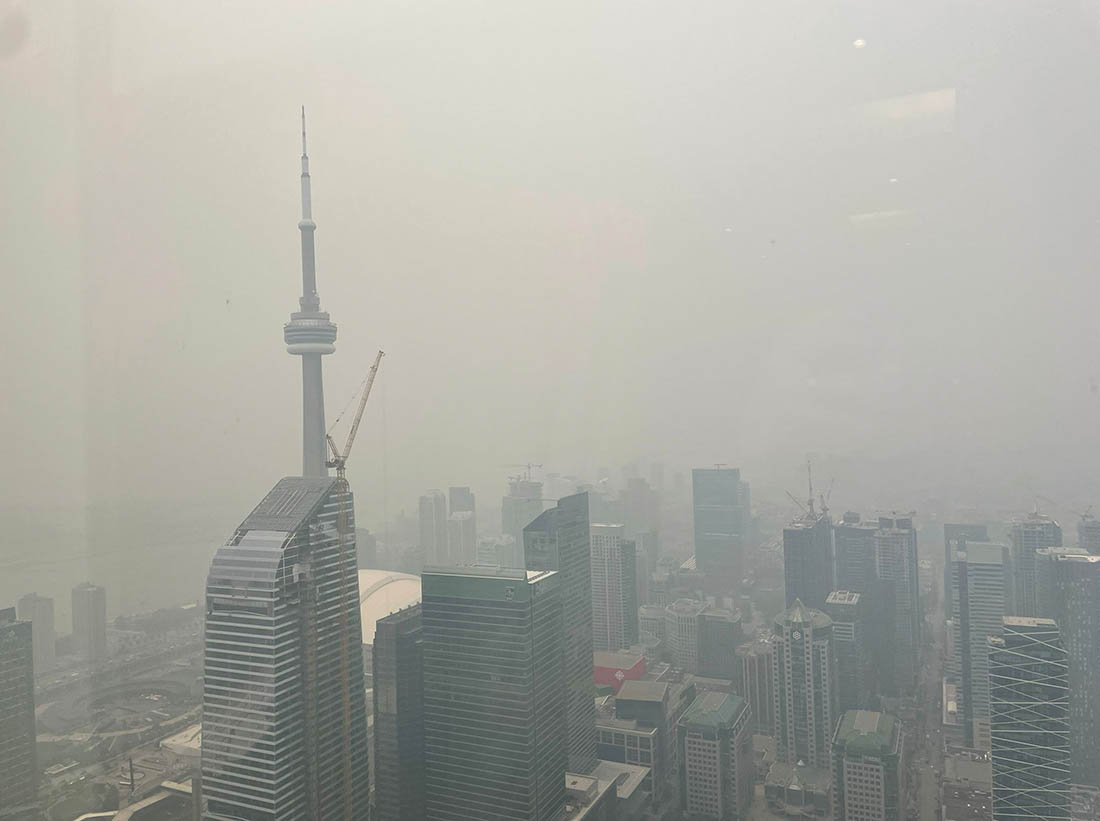Q&A with Dr. Iyad Al-Attar
In an interview with Dr. Iyad Al-Attar, a filtration consultant researching urban air quality governance at the University of Oxford, he calls for an initiative to “challenge and change” the status quo of air quality as a pillar of healthy buildings. He believes the success of the built environment lies in fostering our well-being, not just architecture, by sustainable living, not just modernity, by changing the complexion of air quality, not just a facelift of filtration, and by altering our design philosophy and not just our conventional wisdom.
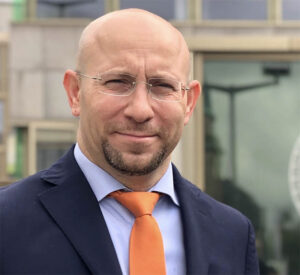
Dr. Al-Attar is also an advisory board member of the Waterloo Filtration Institute and recently, he became the Indoor Air Quality (IAQ) patron for EUROVENT. He is a regular contributor to International Filtration News (IFN). We connected with him on his thoughts on improving IAQ.
International Filtration News: What drives our environmental challenges?
Al-Attar: The impact of poor environmental conduct is everywhere, from dumping plastic bags in lakes and oceans to the inadequate rationing regulations and infrastructure of waste management to the overconsumption of food and resources, to corruption, pandemics, and conflict-inflicted economic catastrophes. Environmentally speaking, we are running amuck, considering the increased concentration of our anthropogenic emissions, whether particulate matter or gaseous contaminants. Most of our environmental challenges are driven by how we live, consume our natural resources, and generate and use power. The World Health Organization reports that 99% of the world’s population lives in ambient conditions with pollutant concentrations beyond the allowable thresholds, which can’t be sustainable!
Due to chronic conflicts, business-as-usual lobbying and geo-political changes, global interest in improving IAQ is subject to the reshuffling of global priorities and imperatives relevant to energy and oil prices.
IFN: Has the pandemic helped air quality gain traction to be a global priority?
Al-Attar: The pandemic was the inevitable fate we faced after decades of epic errors in air quality practices revealed and amplified the shortcomings of the global scant attention and fluctuating interest in air quality. The pandemic is a compendium of poorly implemented standards, inappropriate filter selection and installations, maintenance hacks, and poor practices that entertained the reusing of disposable filters, while subsidizing coil and duct cleaning. These practices tolerate maintenance shortcuts and smudged air diffusers and embrace the theology of “cutting corners” to save costs rather than lives. No wonder we ended with a pandemic that found our cities a catalyst for virus transmission.
IFN: What causes the interest in air quality to fluctuate?
Al-Attar: Due to chronic conflicts, business-as-usual lobbying and geo-political changes, global interest in improving IAQ is subject to the reshuffling of global priorities and imperatives relevant to energy and oil prices. Furthermore, we have been singing the same efficiency song for decades, neglecting the air quality we bring to bear to the built environment. As we twiddle our thumbs, enhancing air quality has been peripheral to these priorities for decades, positioning it on the back burner most of the time. For air quality to improve, the built environment should strive for data-driven strategies and the appropriate employment of quantitative and qualitative methodologies to characterize the air quality we are exposed to.
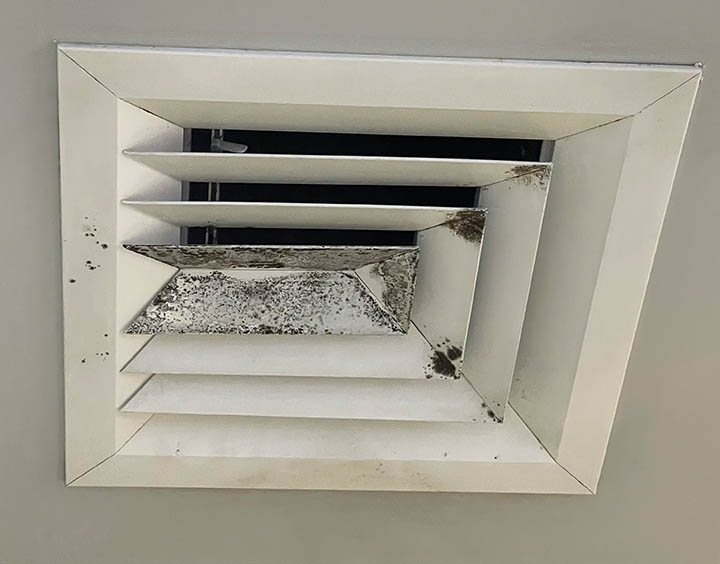
IFN: How is air quality valued and priced in HVAC applications?
Al-Attar: In the past, air quality enhancement budgets had to always split the difference with other HVAC-related maintenance endeavors. Most of us cease to appreciate the value of air filters since we regard them as expensive items with a simple particle-capturing function. The value of air filters lies in protecting the HVAC equipment and the well-being of the human occupants. Rendering our indoor environment for healthy living, optimum productivity, and comfort is undoubtedly the order of the day. Perhaps Oscar Wilde was right when he said, “Nowadays, people know the price of everything and the value of nothing.”
IFN: So, do you endorse more filtration? Can air filtration technologies help?
Al-Attar: Surely, filtration technologies can help. However, their availability does not justify the pace of current anthropogenic emissions. I reject the notion of continuing to pollute our planet irresponsibly and relying on filtration as a low-hanging fruit to clean up our acts. Why pollute the air and then seek filtration technologies for pollutant capture, which can be energy intensive? Furthermore, loaded filters remain a disposal issue that hardly adheres to the circular economy metrics.
IFN: What is the role cities can play in the realm of urban sustainability and improving air quality?
Al-Attar: Cities consume 78% of the global energy generated and produce 60% of greenhouse gas emissions, although they account for 2% of the Earth’s surface. Cities compete for people and investments, and their success lies in developing and empowering inhabitants to economically ensure that their society grows and prospers. Cities should be inviting, sustainable, clean, green, and liveable places to attract people and businesses to settle and make significant positive changes. However, when cities are polluted, they struggle to be sustainable and fit for healthy living purposes.
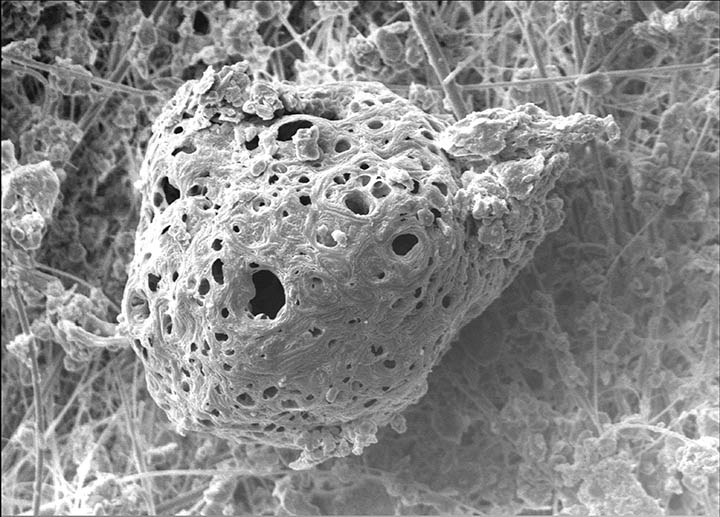
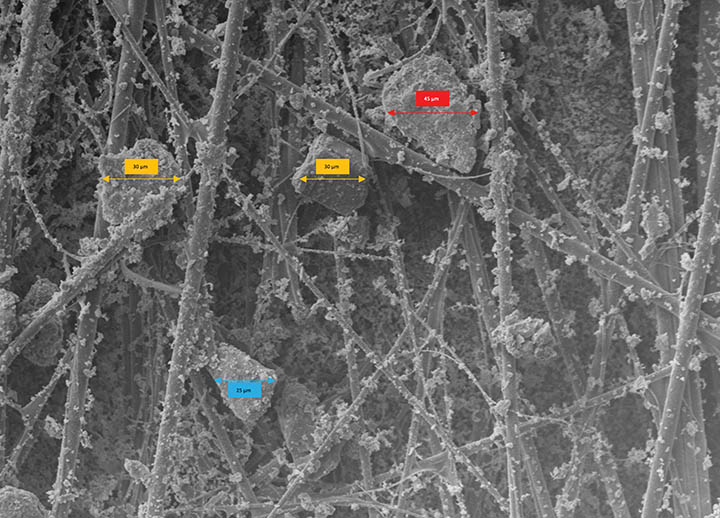
IFN: Does the speed of current urbanization impact air quality?
Al-Attar: The scale, speed, and scope of urbanization suggest deviating from a conducive path to thriving. In 2020, the World Bank reported that the proportion of the urban population had increased from 30% to 56% from 1950 to 2019 and is expected to exceed 65% by 2050. Current urbanization growth sparks doubts about air quality inclusion in its targets. Better air quality is the core of the health and safety of human occupants. Designers should embed IAQ in the early stages of building design and be driven by policies to ensure human occupants inhale clean air. Unfortunately, For decades, air quality enhancements have usually resulted from demand or a response to a complaint, not a built environment design stage concern. Rapid urbanization may send IAQ to take the backseat in the HVAC systems and refocus priorities on handing over buildings on time to avoid plenties. Air quality targets must be legislated, and the built environment must emerge as people-centric so air quality enhancement can become a global priority and inherent right for individuals.
IFN: Would bringing more fresh air help or hinder IAQ issues?
Al-Attar: First, we must cease using “fresh air” when discussing “outdoor air.” Depending on the geographic location, outdoor air can be heavily polluted, and even extensive filtration stages may not be sufficient to capture all airborne pollutants and perform sustainably. Physical and chemical characterizations are the name of the game in terms of knowing our outdoor air quality and what our HVAC systems and their installed filters are up against. Only then can appropriate filter selection be facilitated by the filtration stages required, the best filter design, and media selection to accommodate the pollutant type, their concentrations, and size distributions.
IFN: Can we be ready for the next pandemic?
Al-Attar: As Ian Goldin and Mike Mariathasan mentioned in their book, The Butterfly Defect, “to allow the memory of this disaster to fade, dismissing it as a once-in-a-hundred-year event, would be a terrible mistake.” However, I suggest that our new mantra be: Let our built environment be pandemic-proof, although many scholars predict the next pandemic may occur within 25 years. The ease at which the coronavirus invaded our built environment and paralyzed our economies suggests that our cities were vulnerable to pandemics. Before the pandemic, experts and decision-makers thought they had all the answers for better air quality; the pandemic has forced them to ask different questions. They decided to leave instead of lead the air quality conversation, so we had to flee rather than fight during the pandemic through curfews and lockdowns. Unless we alter our mindset and reconfigure our air quality quests, the embers of pandemics will continue to burn.
IFN: Do you believe curfews and lockdowns have reduced virus transmission?
Al-Attar: Curfews and lockdowns seemed like logical solutions to reduce virus transmission. However, measurements of success can be complex and are a function of many parameters, such as social distancing adherence, appropriate human occupancy, and the ability of filtration and HVAC systems to respond to variation in IAQ. What is not logical is to keep dancing to the rhythm of pandemics. We were too slow in responding to COVID-19 cases identified in 2019 and did not begin awareness programs early enough to reduce virus transmission. Unfortunately, the pandemic was perceived by many as a business opportunity to sell face masks instead of conjuring up breakthrough ideas to propel air quality.
IFN: Can you find opportunities amid these risks?
Al-Attar: Of course, it is all a matter of genuine interest in embracing sustainability and the courage to change. Although the environmental challenges are grand, the current situation represents a historic calling to sink or swim through bending the arc of waste in resources, energy, materials, and human potential toward a sustainable future. COVID-19 is not precisely the Spanish Flu; we are not in 1918. We are now far more equipped to make a difference faster than ever when confronting pandemics.
IFN: What do you think the role of government should be?
Al-Attar: The recent pandemic has highlighted the need for governments to develop the capacity to foresee, prevent, and respond to air quality challenges. Examining the factors contributing to the health and safety crises has identified weaknesses in air quality governance systems that may need strengthening. In addition, governments may need to address the short and long-term consequences of their slow and inadequate responses to the air quality challenges indoors and outdoors rather than focus on their exit strategies.
Furthermore, governments should grant schools, hospitals, and other critical indoor environments retrofitting tax credits and rebates to retrofit their facilities as required. Governments should also establish investment programs where banks can provide interest-free loans to launch retrofitting to remake existing cities and their building envelopes. Governments should also allocate and collaborate with academic institutions by funding research in bioaerosol filtration and prevention innovations in the built environment.
IFN: Do you have anything else to add?
Al-Attar: Efficient ways of living and utilizing our limited resources to drive change and reduce waste are the order of the day. Our environmental footprint is accelerating far beyond the Earth’s ability to regenerate itself. We cannot complain about the air quality we inhale if we run wasteful lifestyles and inefficient processes. It is time to envision a new agenda for reimagining how we live in a more inclusive economy that blends vision with pragmatism.
This is particularly true as we demand that our cities be smart, our economies be circular, and our natural resources be sustainable; the importance of air quality cannot be dismissed. The challenges ahead are grand; the pressure on our planet is mounting, climate disasters are frequent, and the winds of change are imminent. If we desire to share a clean, green planet filled with clean air, we must first shape our future, not chance it.


